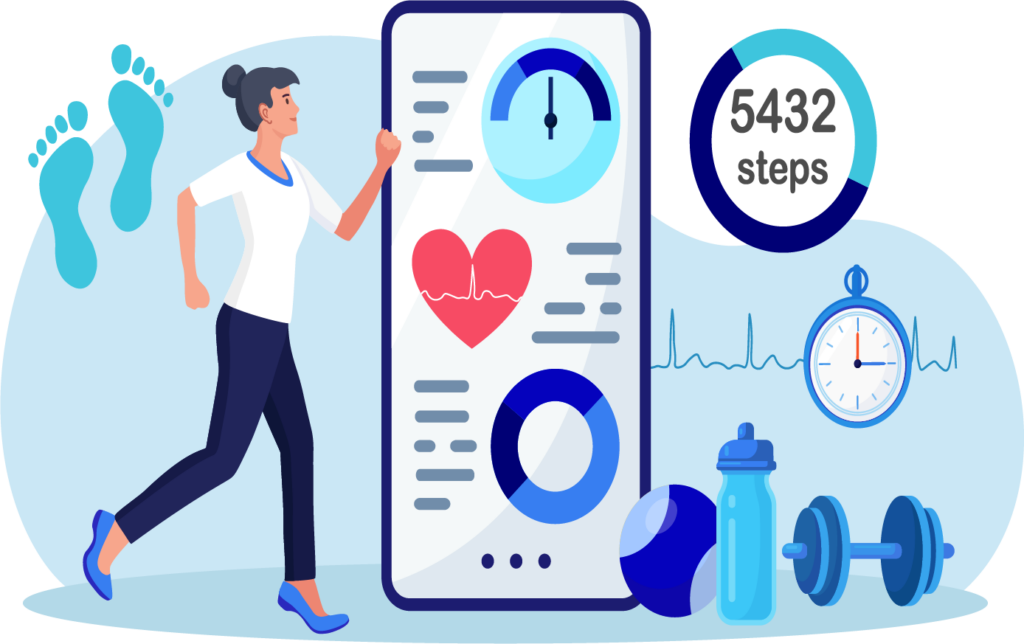It’s a common refrain in senior living that today’s assisted living communities are closer to yesterday’s skilled nursing facilities.
You are here
How about health tech use by older Americans?
 Older adults today are beneficiaries of widespread tech access. And it really does fulfill the 2011 prediction in the AARP report, Connected Living for Social Aging. Broad access to online capabilities was imagined by experts when that report was written. They knew that someday high speed Internet access, widespread use of social networks, online access to food delivery, health appointments, shopping, holding video gatherings with families at holidays – all taken for granted now, but then it was just a dream. The good news is that most older adults take advantage of these and many capabilities today. Internet access today is being delivered out to remote rural areas – and soon the majority of the 65+ will be connected. So what is the next quality of life frontier for older adults?
Older adults today are beneficiaries of widespread tech access. And it really does fulfill the 2011 prediction in the AARP report, Connected Living for Social Aging. Broad access to online capabilities was imagined by experts when that report was written. They knew that someday high speed Internet access, widespread use of social networks, online access to food delivery, health appointments, shopping, holding video gatherings with families at holidays – all taken for granted now, but then it was just a dream. The good news is that most older adults take advantage of these and many capabilities today. Internet access today is being delivered out to remote rural areas – and soon the majority of the 65+ will be connected. So what is the next quality of life frontier for older adults?
Better health and care of self would be a good start. The health statistics on older adults are not encouraging. Today 70% of the 65+ have high blood pressure and 47.3% have arthritis; 48% have high cholesterol. Nearly half suffer from back pain. One out of four have knee problems due to arthritis, a major contributor to disability in older age. Among the 65+, 27% are sedentary – and 20% have shoulder problems, typically from arthritis, rotator cuff tears and degenerative changes from aging.
Are older adults attempting to use health tech? According to a study done by Cleveland Clinic, 23% of Americans (no age breakdown) use at least one type of technology, often wearables, to monitor their health. Of those, 4 in 5 noticed positive improvements as a result. But a 2023 study found only 16% of older adults actually using wearables. The AARP 2024 study of the 50-plus is even less optimistic – 69% of older adults have one or more chronic conditions, but only 13% are taking advantage of any technology to help manage their situation.
Skepticism about health tech – why? Acceptance of telehealth saw substantial growth during the pandemic – there was no other way to interact with a physician. It is likely that temporary telehealth authorizations will be made permanent in 2024 – no doubt due to intense industry lobbying -- making insured access a standard practice of care. As for older adult adoption of devices that must be paid for out of pocket, that seems unlikely beyond the fitness wearable categories, unless their use is encouraged by a physician or a family member, or directly connected (by the media) to a more comfortable and healthy old age.
